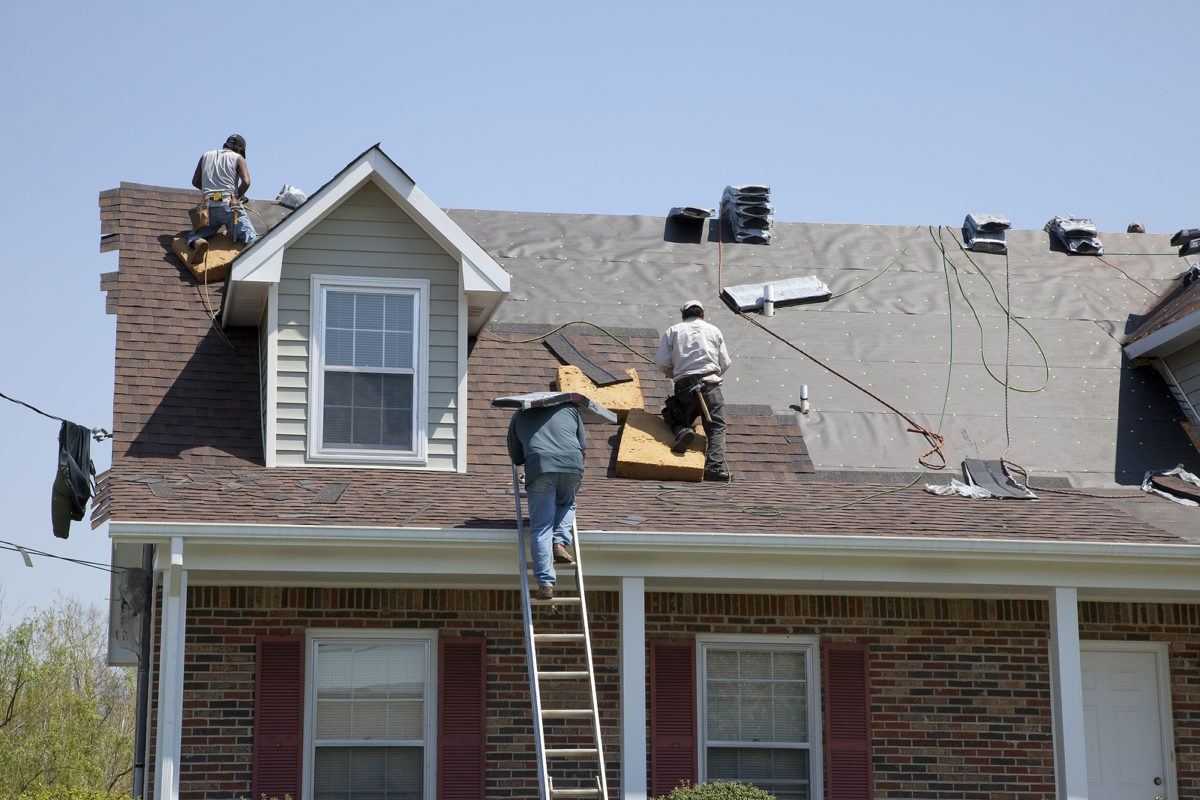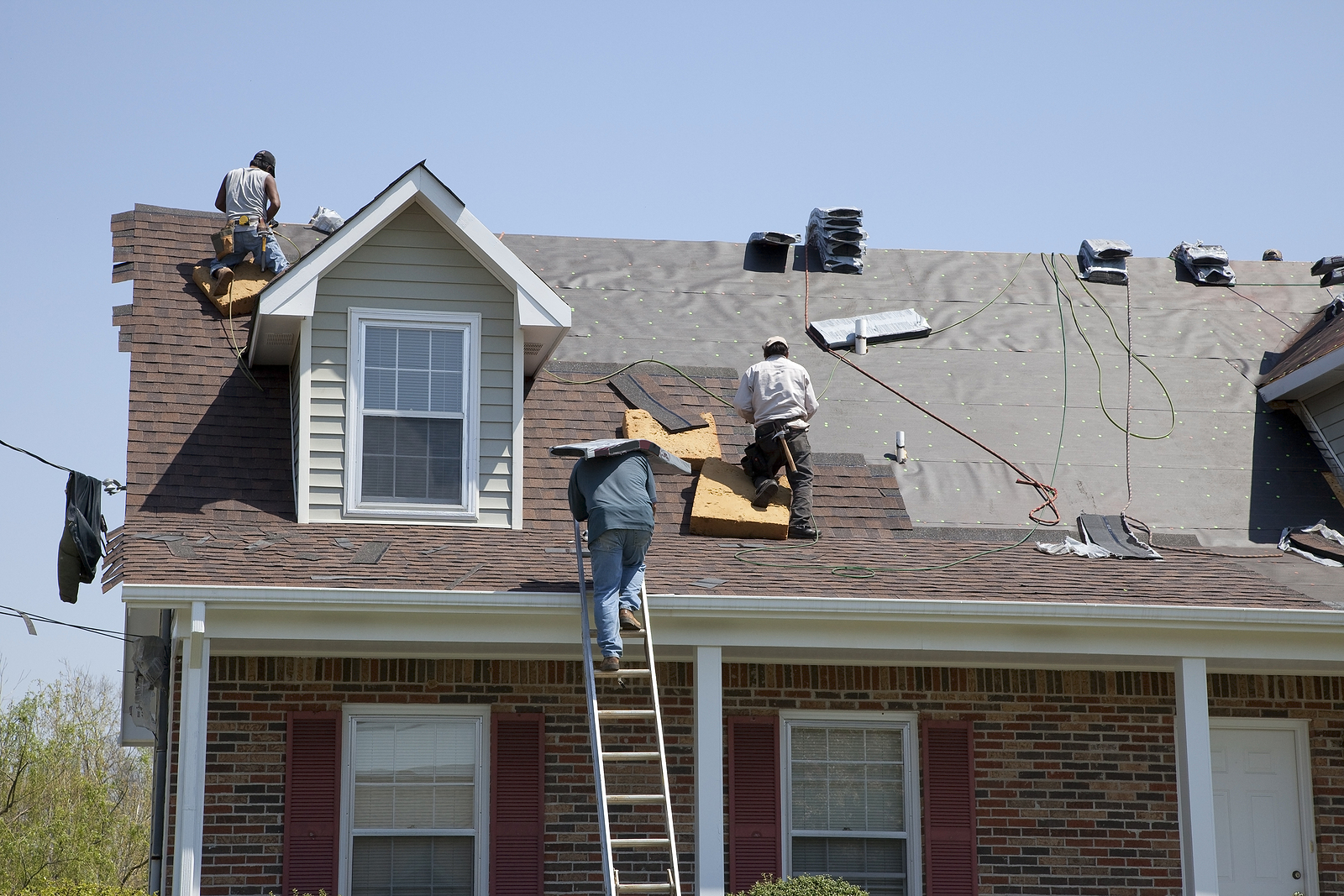It’s that time of year when the National Garden Bureau (NGB) releases their “Year of the” plant list.
On this list you’ll find “… one annual, one perennial, one bulb crop, one edible, and one shrub,” according to the editors at the NGB.
How did the plants make this prestigious list? By being “… popular, easy-to-grow, widely adaptable, genetically diverse, and versatile.”
Today, we’ll take a look at 2022’s indoor plant, outdoor plant and edible plant of the year.
Year of the Peperomia
(Peperomia spp.)
The genus Peperomia offers a wide variety of choices for both indoor growing and outdoor (depending on climate). From the succulent, trailing string of turtles (Peperomia prostrata) to the spicy scent of the cilantro peperomia (Peperomia maculosa), choosing just one is challenging.
Their popularity extends far beyond scent and novelty, however. Native to tropical forest understories, peperomia doesn’t require a lot of light, so they make ideal office companions or to add a spot of life to a shady corner of the home.
In addition to the two previously mentioned, popular species include (Peperomia elongata), watermelon peperomia (Peperomia argyreia) and the baby rubber plant (Peperomia obtusifolia).
Species considered “rare” can be pricey but you’ll find less expensive peperomia online and at nurseries and gardening centers.
Although most commonly grown indoors in the U.S., some species are fine outdoors and hardy to United States Department of Agriculture (USDA) zones 10 through 12.
Year of the Gladiolus
Plant the corms in spring and have gorgeous spikes of blooms by summer. What could be easier?
Along with their grandeur and beauty, however, glads have a lot to offer the landscape. The grandifloras (Gladiolus grandiflora), the most popular hybrid, can grow to 4-feet in height, “… 12 to 20 blossoms per stem,” according to the editors at the National Garden Bureau, online.
If you crave fresh flower bouquets, this is the plant for you.
These beauties are hardy to USDA zone 7.
Year of the Salad Greens
Ever feel particularly amorous after eating a salad? There’s a reason for that. Salads, at one time in history (the 1500s), were considered aphrodisiacs, according to the editors at the National Garden Bureau.
The editors’ choice of salad greens as their edible plant of the year, by the way, isn’t restricted to lettuce. The group also includes:
- Arugula (Eruca vesicaria): Fast-grower. Plant in early fall or early spring.
- Dandelion greens (Taraxacum officinale): Get to those leaves early because they develop bitterness once the plant flowers.
- Endive (Cichorium endivia): This plant’s favorite temperature range is 60 to 65 degrees Fahrenheit.
- Kale is formally known as Brassica oleracea. This is one plant you won’t have to worry about in winter as the leaves actually become tastier after a cold snap.
- Mustard greens (Brassica juncea; B. rapa): These plants grow quickly, so you’ll be populating your salads with them within four weeks of planting.
- Radicchio (Cichorium intybus var. foliosum), also known as Italian chicory, offers a pop of deep, rich red to the vegetable garden. It thrives in the fall and spring garden.
- Spinach (Spinacia oleracea) is a cool-season crop. From planting to harvest is typically within 45 days of planting.
- Lettuce (Lactuca sativa) is considered a cool-season crop but it’s easy to grow and you’ll have fresh salads all winter long.
To read the rest of the list, visit ngb.org.



















